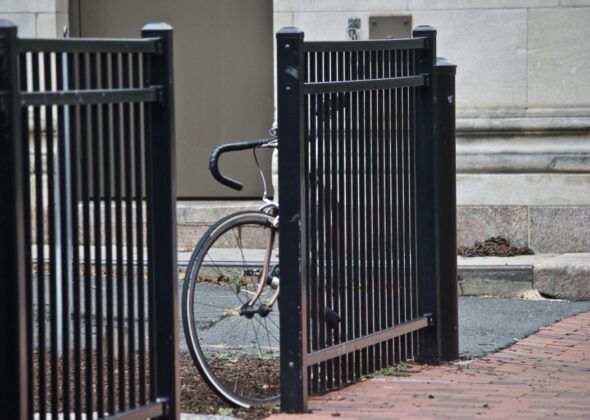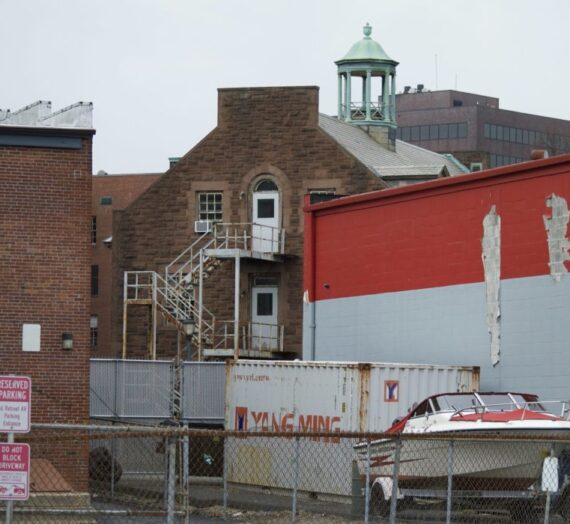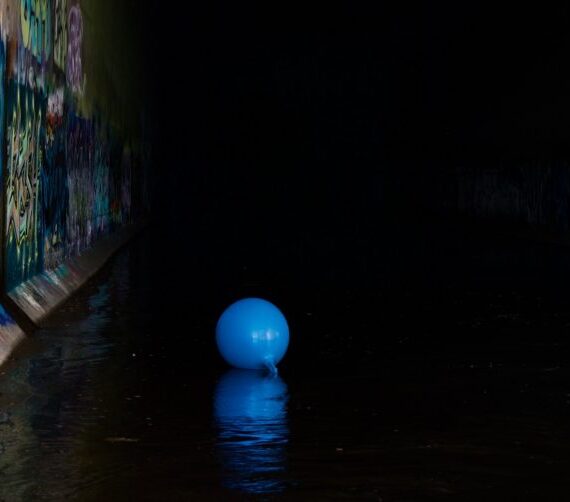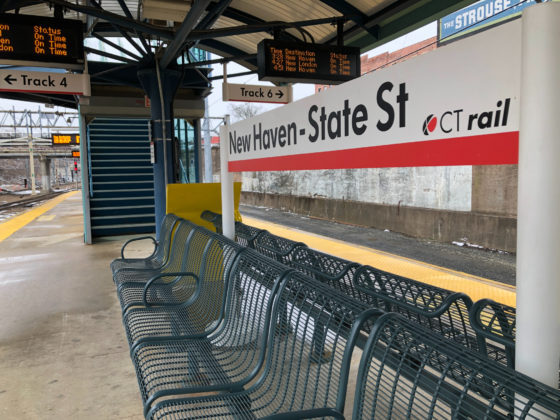“The aim of climate activism isn’t to be ideologically pure, nor is it to erase the sins of the previous generations; it’s to ensure that future generations are handed a world that isn’t on the verge of going to hell. The goal isn’t activism, it’s survival.”
– Eric Holthaus in “The Future Earth: A Radical Vision for What’s Possible in the Age of Warming”
1. The point of a bike rack is not to have a thing. It is meant to serve a purpose. Why would we replicate an existing failed system by installing them where they’re unlikely to be needed but then neglecting to place them where people have a desire to park their bikes? And if there is an object that is parking lot adjacent that people are allowed to lock up to, why not hang a sign that gives a sense of welcome? It’s not about the thing. It’s about the purpose.
2. Chastising people for wearing dark clothing while biking or walking reveals questionable goals, a shortage of empathy, and a lack of basic awareness as to why someone might be out at night wearing dark clothing. For some, the way to put food on their table is to put food on your table, and black clothing is often the dress code in the service industry. Don’t assume all employers provide staff with a locker in which they could store things like a bag containing lights and hi-vis what-have-you. Is the goal to keep people alive? Then the individuals to focus on changing the behavior of are the ones with the power over things like making sure there’s adequate street lighting near bus stops and in densely populated areas, especially where there are restaurants and shops. Ask individuals with more power to legislate for automatic front headlights in all new vehicles. Ask individuals with power to design work shirts that, if not lighter a color, have bits of reflective thread used in them — make it so that those with the least say in this system do not need to choose between following dress code and being more visible at night.
3. There is something to be said for listening to what those future generations want and need. Not imposing ideas about what you would have wanted at their age. Not condescendingly pronouncing that their behavior is a phase they will grow out of when they “settle down” or remarking that they’re commuting wrong by opting to live in urban areas despite being employed in the suburbs.
Some questions:
- Are we listening to what people need?
- But for real, are we deeply listening?
- Are we trying to meet those needs or are we placating through useless gestures?
- Are we being inclusive or acting as gatekeepers?
- Are we being inclusive or failing to adapt to the times?
- Are we being inclusive and listening, or are we power hoarding?
Climate Possibilities is a series about climate mitigation, along with resilience, resistance, and restoration. It’s about human habitat preservation. It’s about loving nature and planet Earth, and demanding the kind of change that gives future generations the opportunity for vibrant lives. Doomers will be eaten alive, figuratively. All photographs are taken in Hartford, Connecticut unless stated otherwise.




Safe Streets Connecticut: September 2023 – Real Hartford
[…] that reminds us to look both ways (people already do), wear bright colors (and to hell with work dress codes), and make eye contact with drivers (who are looking at their […]